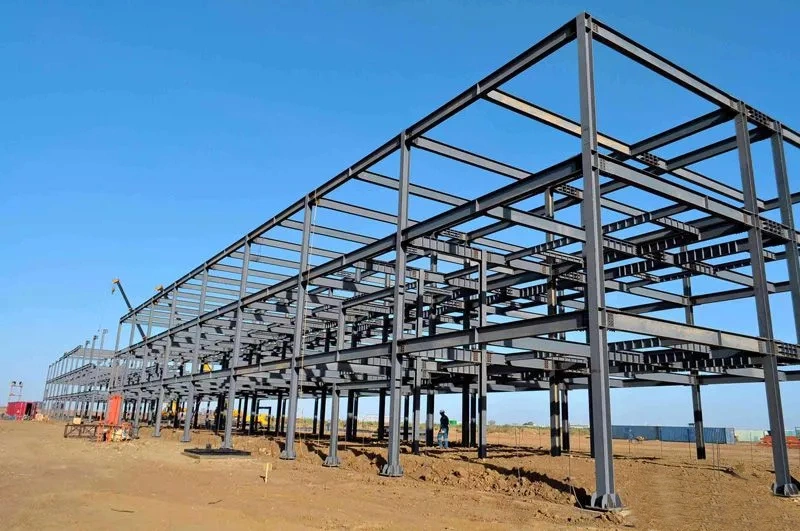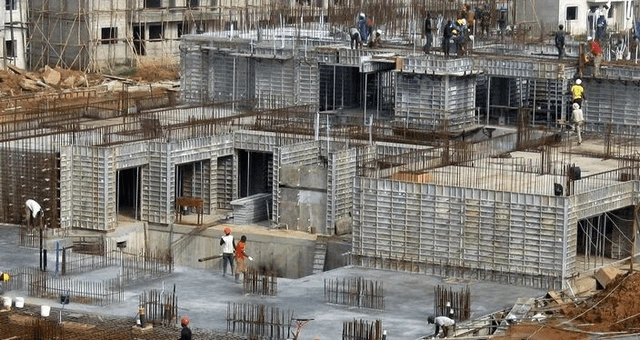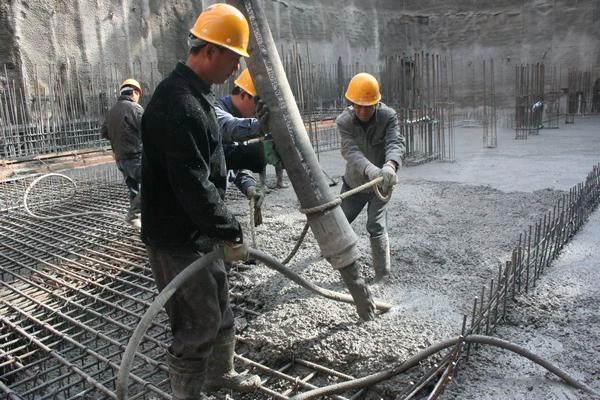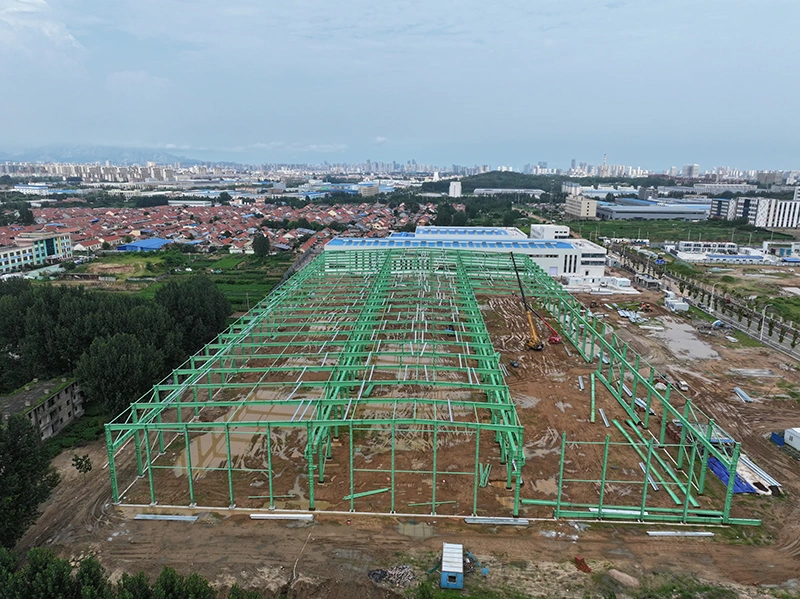Steel structures and reinforced concrete structures are two common types of building structures in industrial construction. They have significant differences in terms of performance, maintenance costs, construction speed, and suitable application scenarios.

(Steel Structure)

(reinforced concrete structures)
1.Seismic Performance
Steel structures have excellent ductility and toughness, which allow them to effectively absorb and dissipate seismic energy during dynamic loads such as earthquakes. Steel structures maintain stability within a large range of deformation, preventing brittle failure even during significant vibrations. The ductility of steel means it can undergo plastic deformation during shaking without fracturing, providing superior seismic performance.
In contrast, reinforced concrete structures are somewhat inferior in seismic performance. While reinforced concrete offers some seismic resistance, its relatively low ductility and brittle nature may cause cracking or failure under strong seismic forces.
2.Maintenance Costs
Steel structure buildings have relatively low maintenance costs, especially if proper corrosion protection is applied. Steel structures are typically coated with anti-corrosion layers, and the material itself is durable, requiring minimal maintenance with a long service life. Even when damage occurs, repairs to steel structures are generally straightforward.
Reinforced concrete structures, while durable, may suffer from corrosion of the steel reinforcement over time due to moisture or chemical reactions. This can cause cracking or spalling of the concrete, requiring repair and reinforcement. In comparison, repairs to steel structures are typically simpler and less prone to corrosion-related issues.
3.Construction Speed and Complexity
Reinforced concrete structures have a longer construction cycle, as they require on-site pouring of concrete and placement of reinforcement, with the concrete needing a curing period to achieve the necessary strength.
The construction process is relatively complex, involving multiple steps such as rebar tying, formwork installation, and concrete pouring.

Steel structures, on the other hand, have a faster construction speed. Steel components are typically pre-fabricated in factories, and on-site work mainly involves assembly through bolting or welding, which reduces construction time significantly.
Steel structure components are lightweight and easy to install, making the installation process simpler and reducing on-site construction complexity.

4.Suitable Application Scenarios
Reinforced concrete structures are suitable for underground applications, such as underground parking lots, basements, and tunnels.
Steel structures are ideal for large-span buildings, such as airport terminals, sports stadiums, and exhibition halls. They are also commonly used in industrial buildings, including warehouses, factories, workshops, and bridges, due to their flexibility and efficiency.